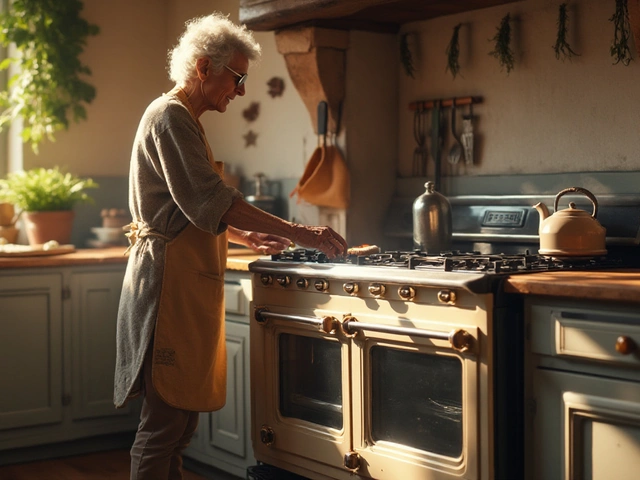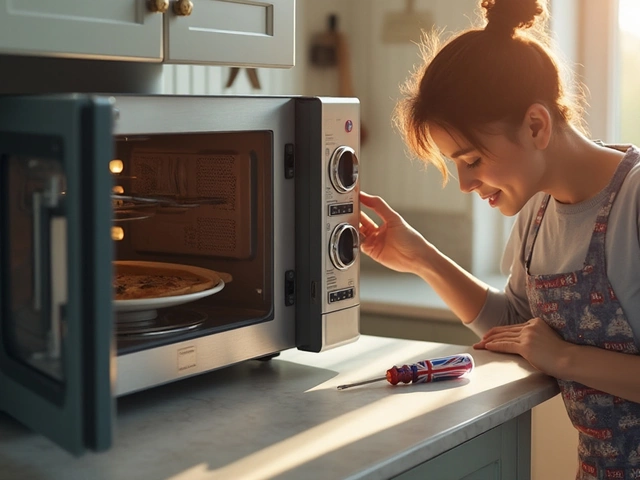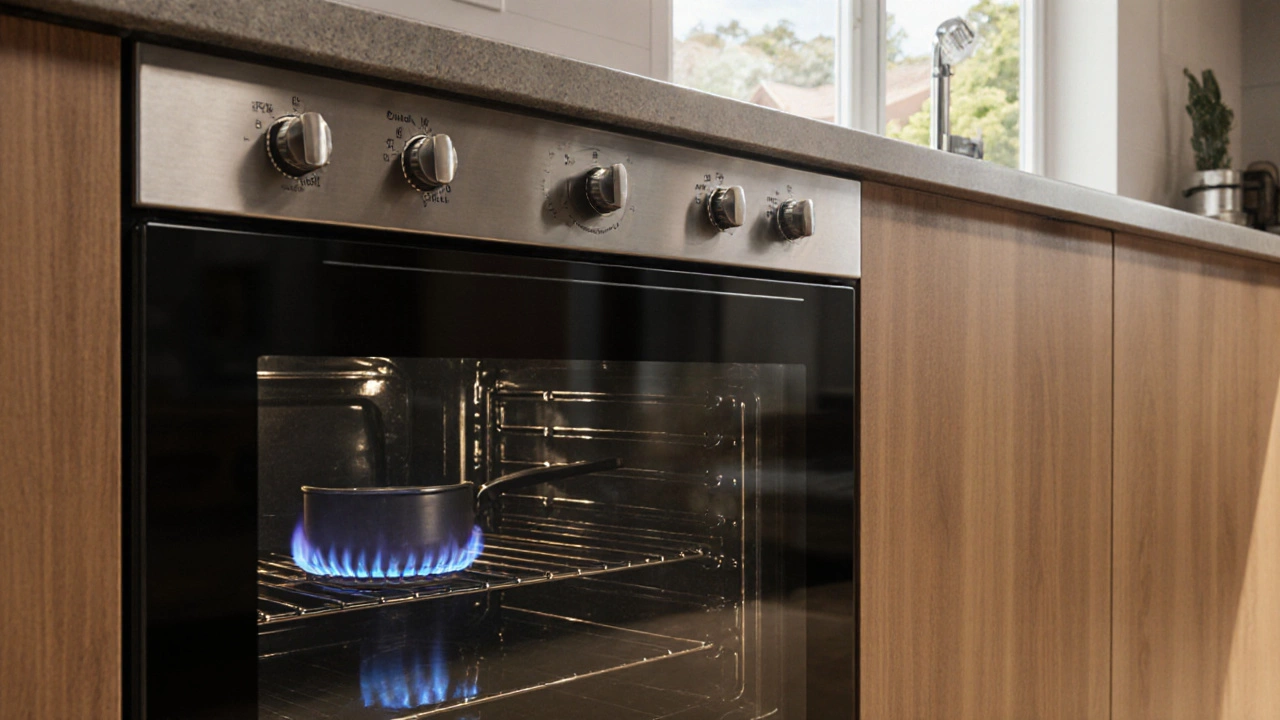Gas Oven Repair: What You Need to Know Before You Call a Pro
When dealing with gas oven repair, the process of restoring a faulty gas‑powered oven to safe, even cooking. Also known as gas oven service, it often involves checking the igniter, the component that creates the spark to light the gas, inspecting the thermostat, the sensor that tells the oven when to heat or cool, and verifying the gas supply valve, the shut‑off valve that controls gas flow to the oven. Safety is a big part of the job, so appliance safety, practices that prevent leaks, fires, and carbon monoxide exposure must be followed at every step.
Why does gas oven repair matter? A malfunctioning oven can waste energy, ruin meals, and even pose a fire hazard. The core of the issue usually falls into three buckets: ignition problems, temperature control faults, and gas delivery issues. Ignition problems often show up as a clicking sound without a flame, pointing to a weak or dirty igniter. Temperature control faults cause the oven to overheat or stay cool, indicating a faulty thermostat or sensor. Gas delivery problems can stem from a blocked burner, a loose connection, or a faulty supply valve. Understanding these categories helps you decide whether a quick DIY clean‑up will do or if a certified technician is required.
When to Try DIY Fixes and When to Call the Experts
Most homeowners can safely handle basic checks: turn off the gas, remove the oven racks, clean the burner ports, and verify that the igniter glows bright orange when you push the start button. If the igniter looks cracked or the spark isn’t strong, replacement is cheap and doable with a screwdriver and a new part. However, testing the thermostat or adjusting the gas valve involves electrical work and pressure testing, which should be left to a professional. A licensed technician brings calibrated tools, knows local gas regulations, and can certify that the repair meets safety standards. Skipping that step can void warranty coverage and, more importantly, put your home at risk.
Professional gas oven repair services, companies that specialize in diagnosing and fixing gas‑fired ovens often perform a full diagnostic sweep: they test the igniter voltage, check the thermostat calibration, and run a leak detection on the gas line. This comprehensive approach not only fixes the immediate problem but also extends the oven’s lifespan by catching hidden wear. In many cases, a routine maintenance visit—cleaning burners, tightening connections, and inspecting seals—can prevent future breakdowns and keep energy bills low.
Safety checks are non‑negotiable. Before you start any work, always confirm that the gas supply is shut off at the main valve and that the oven is disconnected from electricity. Use a carbon monoxide detector in the kitchen if you suspect a leak; even a tiny amount can be dangerous. After any repair, light the oven and watch for proper flame color—blue with a faint yellow tip—indicating complete combustion. If the flame looks orange or sputters, stop immediately and call a professional. These steps turn a simple repair into a responsible, low‑risk process.
Our collection of articles below covers everything from spotting early warning signs to detailed step‑by‑step guides for common faults. You’ll find quick‑checklists for igniter issues, deep dives into thermostat calibration, and advice on when a full service call is the smartest move. Whether you’re a DIY enthusiast or just want to know what to expect from a pro, the posts ahead give you the knowledge to keep your oven cooking safely and efficiently.






